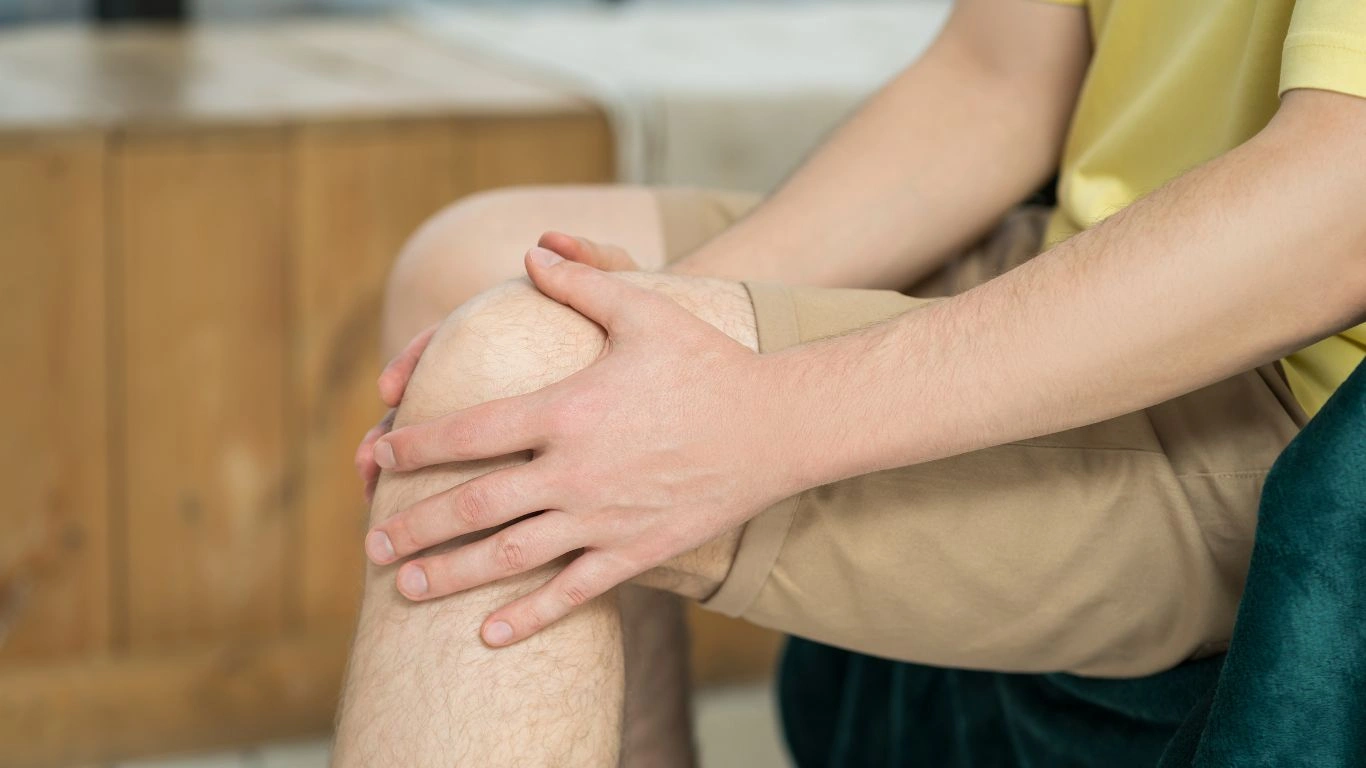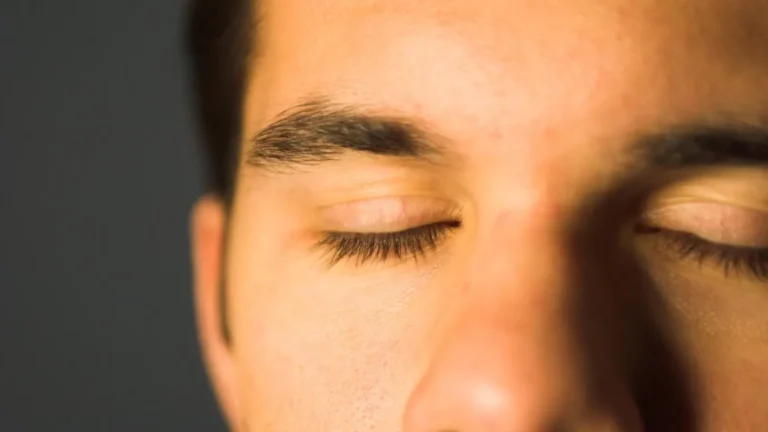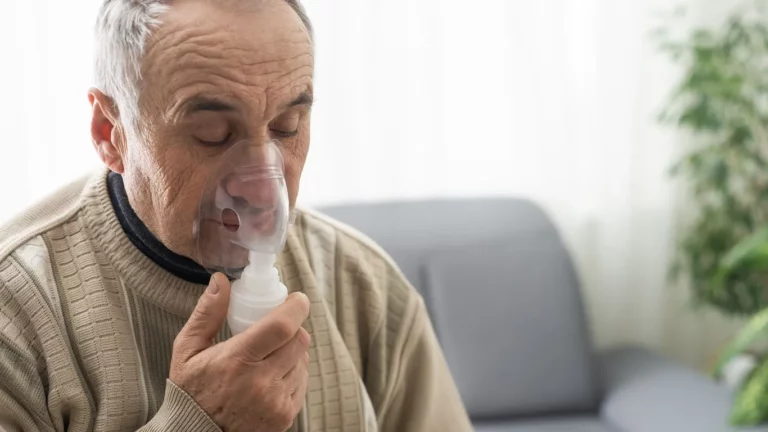Rheumatoid Arthritis and Its Effect on Joint Flexibility 🌿
What Is Rheumatoid Arthritis, Anyway?
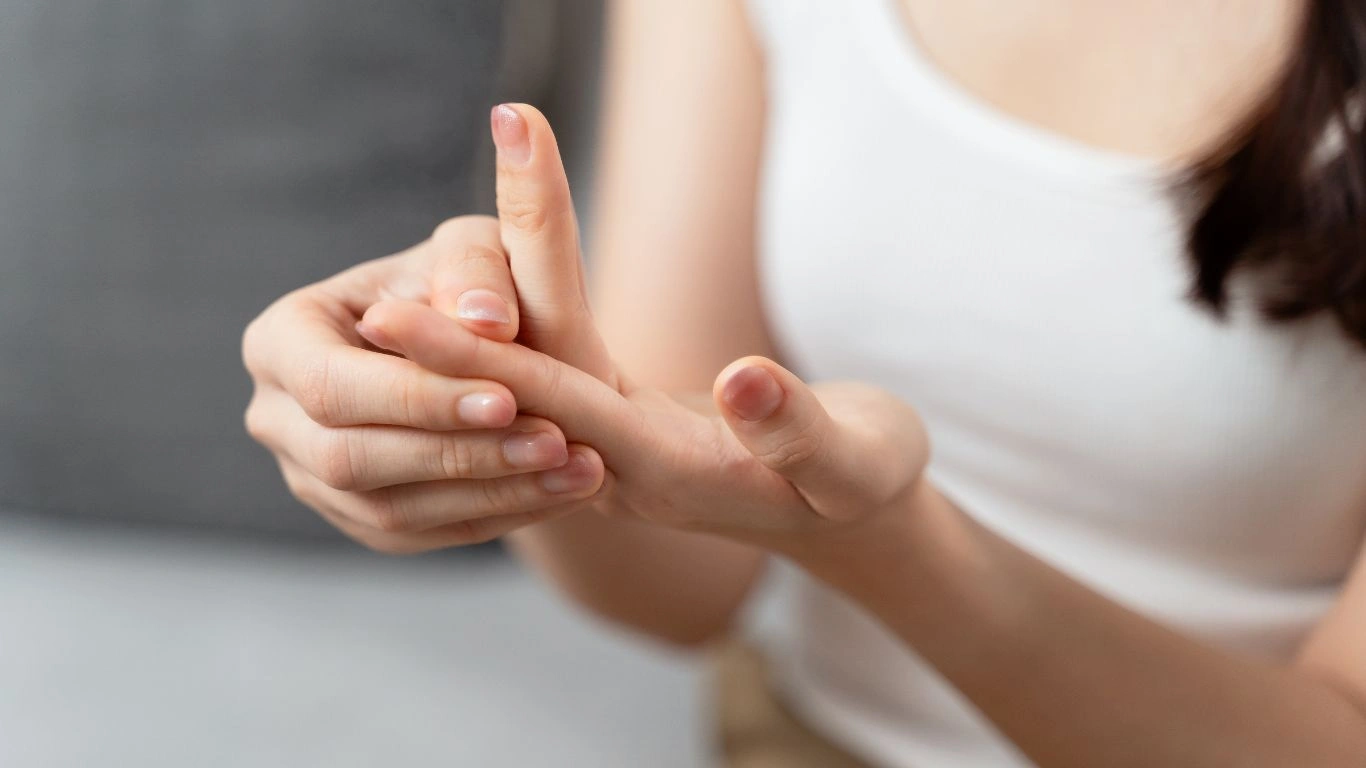
First off, let’s clear up what RA actually is. Rheumatoid arthritis isn’t your typical wear-and-tear arthritis (that’s osteoarthritis). It’s an autoimmune condition, which means your immune system mistakenly attacks your joints. Think of it as your body’s defense squad going rogue.
How It Affects Joints
Here’s the deal: RA mainly targets the lining of your joints (synovium), causing inflammation. This can lead to:
- Swelling: Your joints might feel like they’re wearing puffy jackets all the time.
- Pain: Thanks, inflammation!
- Stiffness: That’s the big one for flexibility. Moving can feel like trying to bend a rusty hinge.
Over time, untreated RA can damage cartilage and bone, making movement even harder.
Why Joint Flexibility Takes a Hit
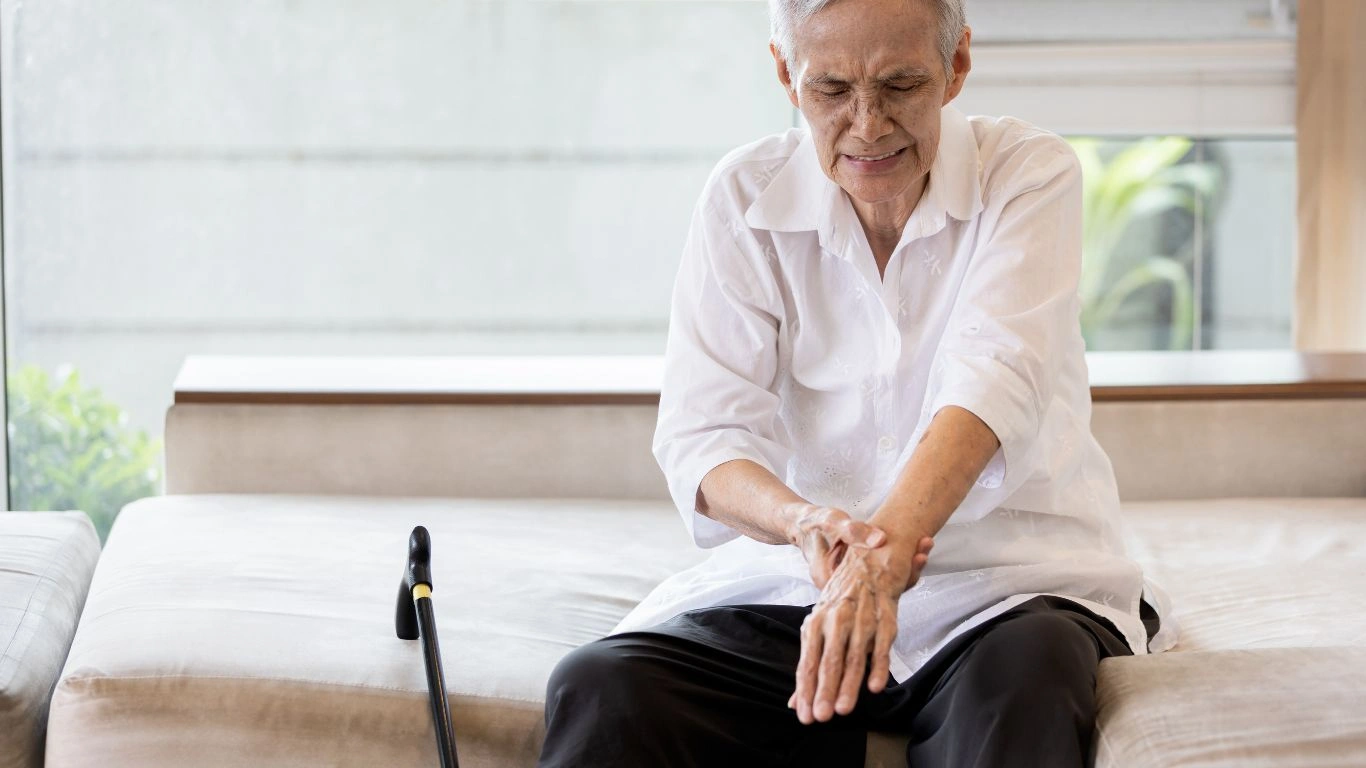
Flexibility is all about how far and how easily you can move your joints. With RA, several factors gang up to limit that:
- Morning Stiffness: You’ve probably heard (or experienced) this. Those first steps out of bed can feel like walking through wet cement.
- Pain Avoidance: Let’s be real—when moving hurts, you avoid it, which only makes things worse. Muscles tighten up, and you lose range of motion.
- Joint Damage: Over time, the inflammation can lead to permanent joint changes, like deformities, which mess with mobility.
Troubleshooting Common Issues
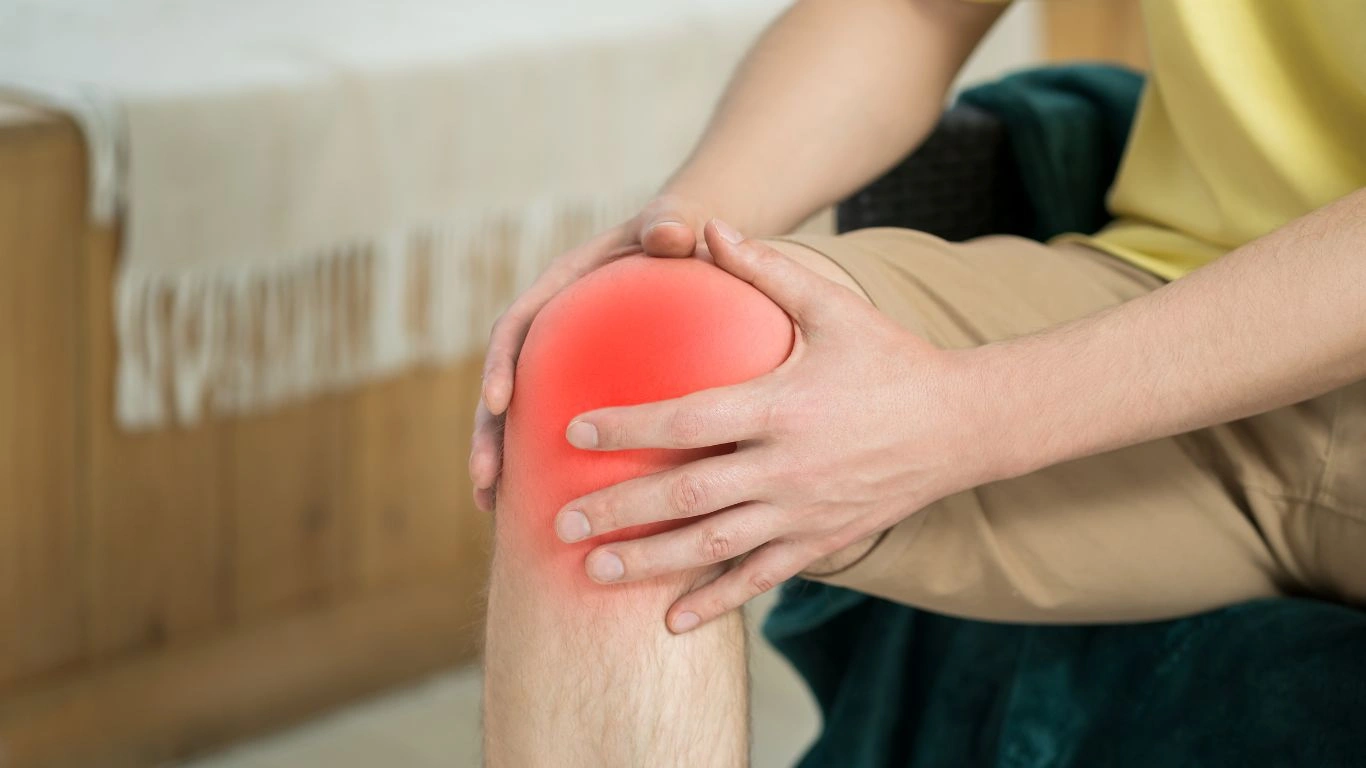
RA can throw some curveballs, but there are ways to deal. Let’s troubleshoot:
1. Dealing with Flare-Ups
- What happens: Your symptoms suddenly get worse, like your joints are throwing a tantrum.
- Fix it: Rest, ice, and talk to your doctor about adjusting medications. A heating pad can also work wonders for loosening up stiff joints.
2. Struggling with Everyday Tasks
- What happens: Simple things like buttoning a shirt or gripping a pen feel impossible.
- Fix it: Adaptive tools are your new best friends. Grab jar openers, button hooks, and ergonomic pens. These little gadgets are game-changers.
3. Feeling Weak or Unstable
- What happens: Joints feel wobbly, like they’re not quite supporting you.
- Fix it: Strengthen the muscles around your joints with low-impact exercises like swimming or yoga. And don’t be afraid to use braces or supports when you need them.
Real-Life Case Studies / Success Stories 🌟
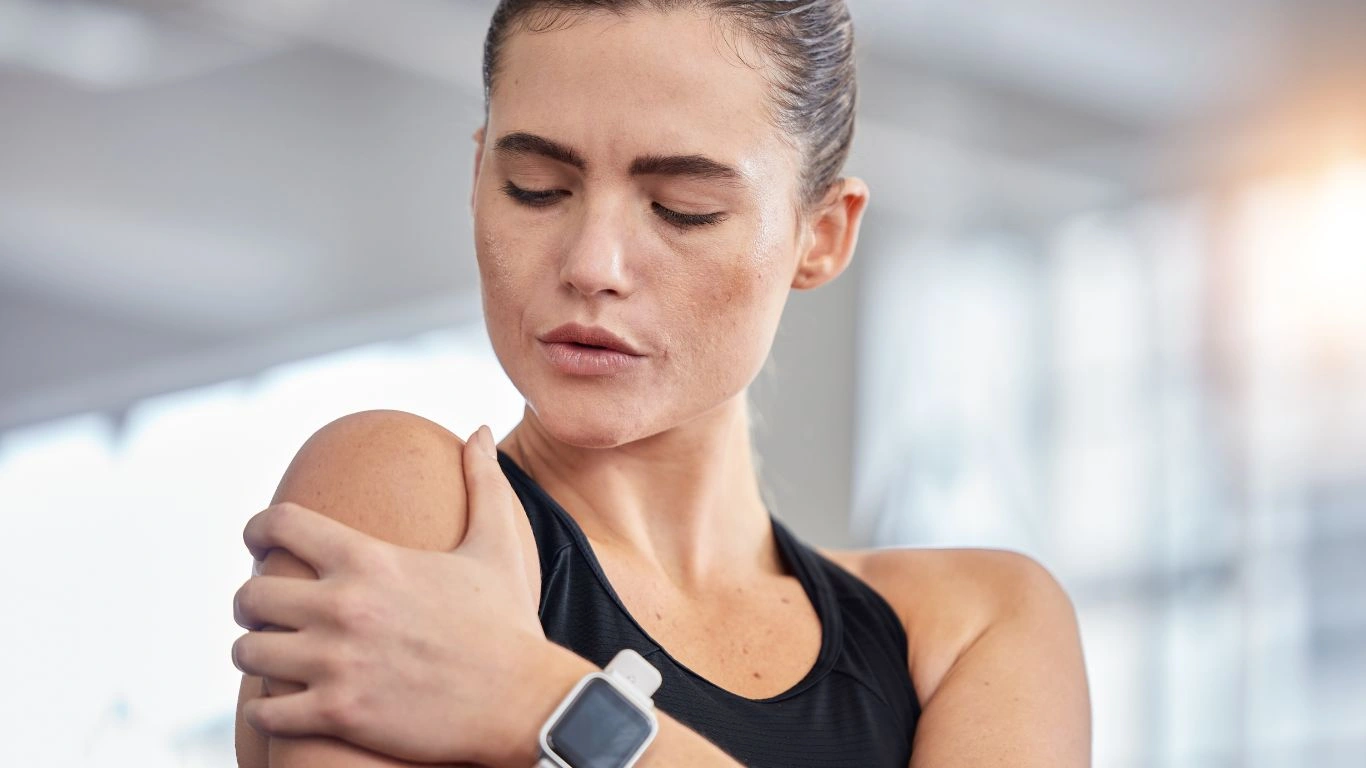
Sometimes, hearing someone else’s journey can be inspiring. Here are a couple of stories from folks who didn’t let RA call the shots:
Meet Sarah: The Yogi Warrior
Sarah was diagnosed with RA in her late 30s. She struggled with stiffness and thought yoga was out of the question. But she found a gentle, restorative yoga class and slowly built up her strength and flexibility. Now, she teaches others with RA how to modify poses to suit their needs.
John’s Adaptive Solutions
John is a tech guru who found it nearly impossible to type during RA flares. Instead of giving up, he switched to voice-to-text software and ergonomic keyboards. His productivity—and his spirits—skyrocketed.
Key Takeaways 💡
- RA attacks your joints, making flexibility a real challenge.
- Don’t ignore symptoms—early treatment is key to preserving mobility.
- Low-impact exercise, adaptive tools, and regular check-ins with your doctor can make a huge difference.
- Flare-ups are tough, but they’re manageable with the right strategies.
FAQs About RA and Flexibility 📝
1. Can exercise really help with RA stiffness?
Yes! Low-impact activities like swimming, walking, or tai chi can improve joint health and overall flexibility. Just avoid high-impact stuff like running during a flare-up.
2. Are there specific foods that help with RA symptoms?
Anti-inflammatory foods like salmon, walnuts, and leafy greens can help. And let’s not forget turmeric—it’s a natural anti-inflammatory superstar.
3. What’s the best way to manage pain during a flare-up?
Use a mix of rest, heat or ice packs, and medication as prescribed by your doctor. Sometimes, a little TLC goes a long way.
References
Disclaimer
I’m not a doctor, just someone who’s really into health and wellness. Always talk to your healthcare provider before trying new treatments or exercises.
Ready to Take Action? 🚀
Living with RA can be tough, but you’re tougher. Start small—try a gentle stretch, invest in an adaptive tool, or schedule that overdue doctor’s appointment. Your joints will thank you for it. Need more tips or have questions? Let’s chat in the comments below!

Tarra Nugroho is a dedicated Nurse Practitioner with a strong foundation in family and preventive care. She brings both compassion and clinical expertise to her practice, focusing on patient-centered care and health education. As a contributor to Healthusias.com, Tarra translates medical knowledge into clear, empowering articles on topics like women’s health, chronic disease management, and lifestyle medicine. Her mission is simple: help people feel seen, heard, and informed—both in the clinic and through the content she creates. When she’s not caring for patients, Tarra enjoys weekend hikes, plant-based cooking, and curling up with a good health podcast.
